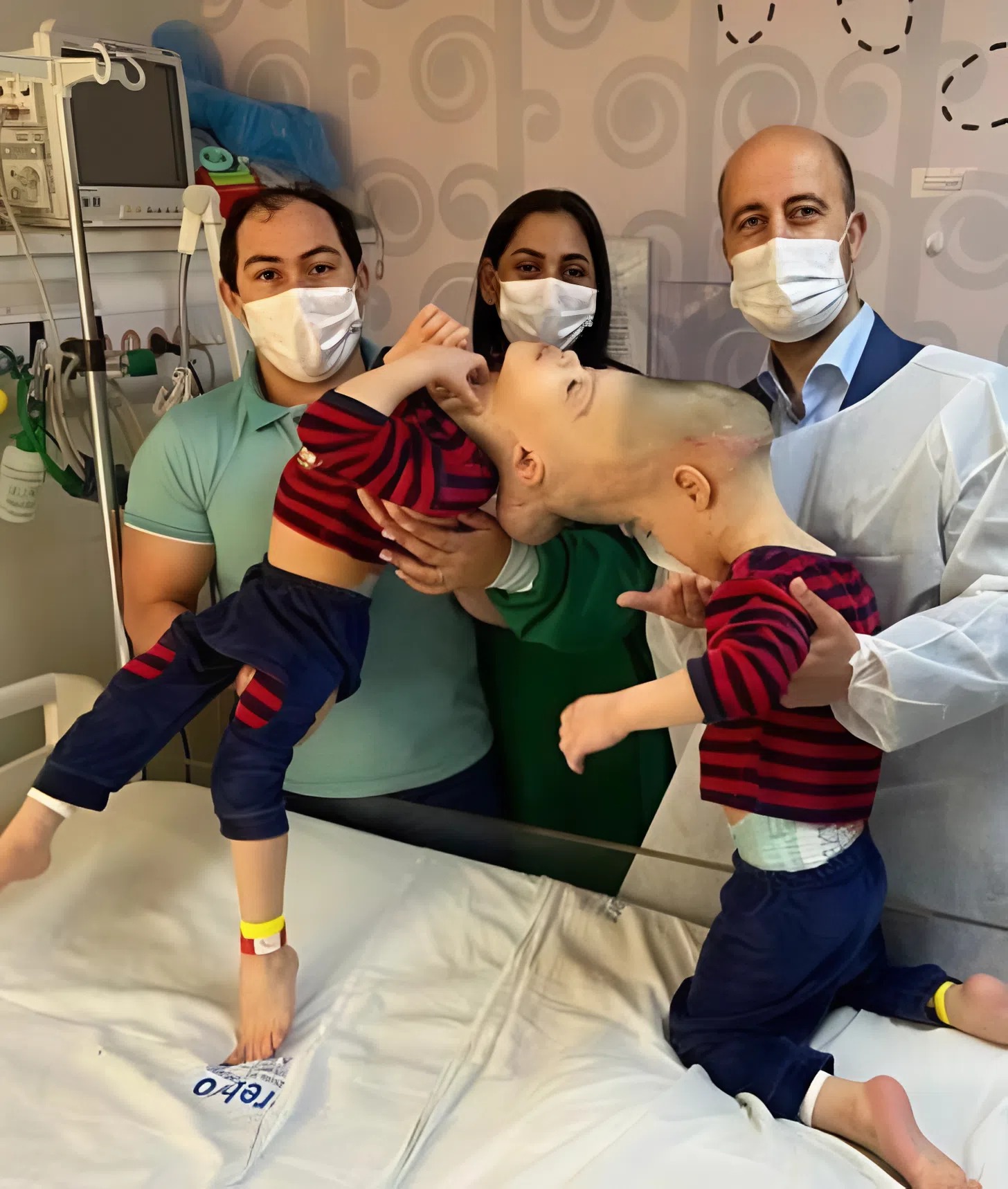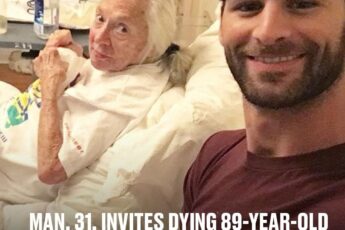In August 2022, Brazil witnessed something that many doctors described as nothing short of a medical miracle. Two little boys, Arthur and Bernardo Lima, who had been born in 2018, had always been inseparable — and not in the usual sense. They were craniopagus twins, which means their skulls were fused together. It is one of the rarest conditions in the world, occurring only once in every two and a half million births. From their very first breath, the boys not only shared blood vessels and parts of their brains but also every single experience of their young lives.
For nearly four years, Arthur and Bernardo lived side by side, always within reach but never able to fully face one another. They ate together, played together, and fell asleep every night listening to the sound of each other’s breathing. Their parents described how heartbreaking it was to see them grow up this way — constantly together yet unable to look into each other’s eyes. Imagine knowing your twin so closely, hearing his laugh, feeling his movements, but never once being able to share a direct glance.
The family turned to a children’s hospital in Rio de Janeiro, where a team of over 100 specialists agreed to take on the challenge of a lifetime. Leading the effort was surgeon Noor Suryate Gurjar, a doctor with experience separating conjoined twins in India. What set this case apart was not only its difficulty but also the technology the team brought into the operating room. For the first time in Brazil, doctors built detailed 3D models of the boys’ skulls and used virtual reality headsets to rehearse the operation. This meant they could practice separating the delicate blood vessels and brain structures again and again, preparing for every possible complication. As one doctor put it, “one wrong cut could have cost them both their lives.”
In the months leading up to the big day, Arthur and Bernardo underwent eight preparatory procedures. These smaller operations were crucial in building new pathways for blood flow and ensuring the final separation had a real chance of success. Their parents watched with both fear and hope as the boys were put through countless scans, simulations, and surgeries — each one bringing them closer to freedom.
Then came the decisive moment. The final operation lasted more than 23 hours. Surgeons worked in rotating shifts, refusing to leave the operating room until the boys were safely apart. The tension was overwhelming. Every stage carried risks, and everyone knew that the smallest mistake could undo years of planning. Finally, after nearly a full day of surgery, the team succeeded. For the first time since birth, Arthur and Bernardo lay on separate beds, their heads no longer fused. The doctors gently turned them toward each other, and in that moment the boys finally saw one another’s faces. Witnesses recalled how the room filled with applause, tears, and an overwhelming sense of relief. It was as though everyone present had just witnessed a second birth.
But separation was only the beginning of a new chapter. The boys now face a long and difficult journey of rehabilitation. Because their bodies had been so closely synchronized, they must learn everything from scratch: sitting, standing, walking, even speaking. Therapists are working with them daily, helping them discover independence for the first time. Their mother describes this period as watching her children being born all over again — a bittersweet but hopeful experience.










